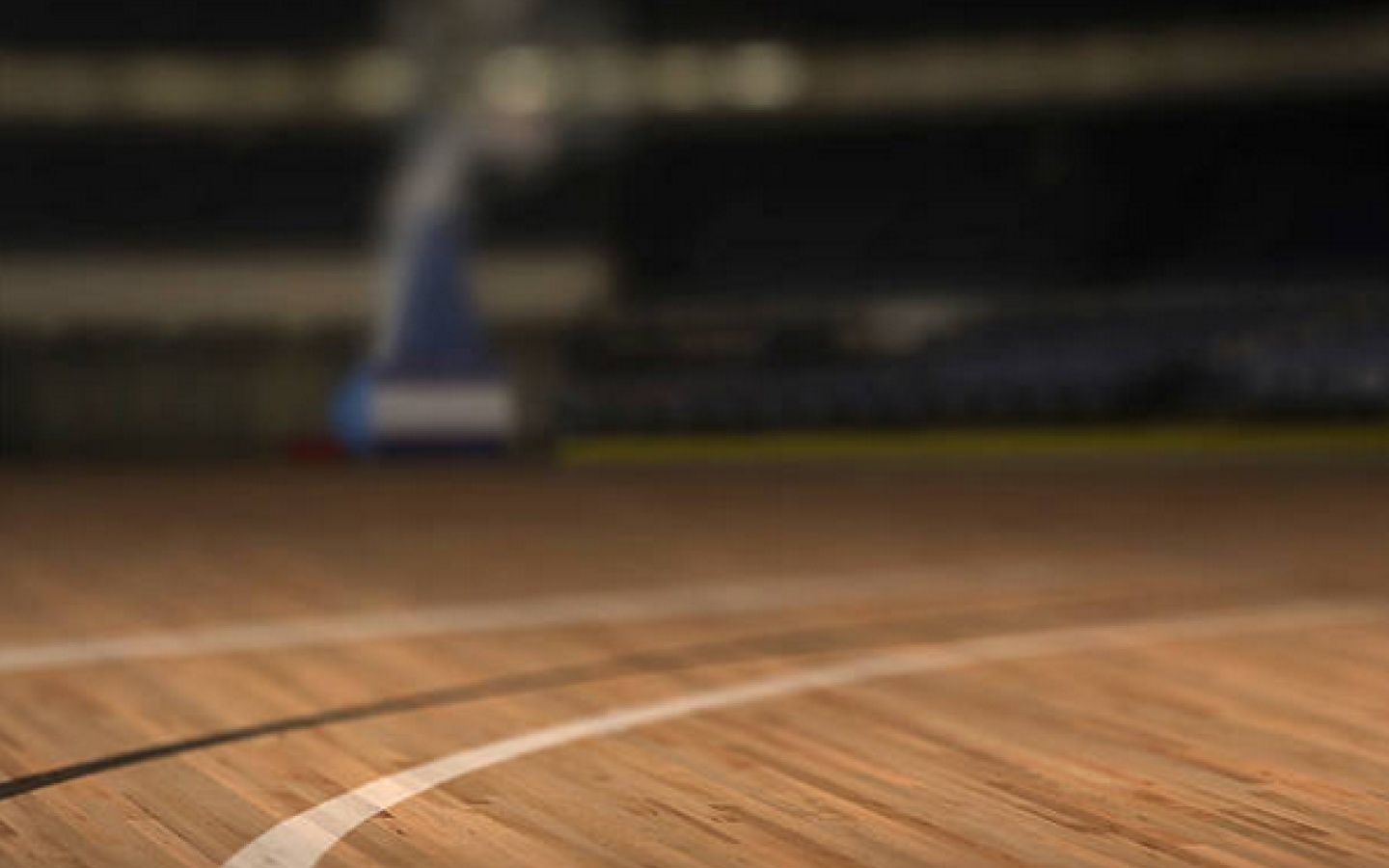
Maintenance & Care
Sports Flooring Maintenance GuidesGeneral Care
Humidity and Ventilation
Since all wood flooring will expand and contract as relative humidity varies, it is important to minimize extremes between low and high. Hardwood flooring is manufactured at moisture content most compatible with a 35%-50% relative humidity range.
Geographical regions and available mechanical units determine the typical range of temperature and humidity for each facility. Maintaining a 15% fluctuation between highest and lowest average indoor relative humidity provides limited shrinkage and growth.
Daily Care
Sweeping, Spillage, & Spot Stains
Sweep your floor daily with a dry dust mop. Floors with heavy usage should be dust mopped up to three times daily.
Wipe liquid spills and water from the floor immediately with a thoroughly wrung soft cloth or thoroughly wrung mop dampened with approved floor cleaner.
Remove aggressive marks (black marks, rubber burns) with cloth dampened with approved cleaners.
Floor Loads
Point & Area Loads
Significant point and/or area loads can affect the integrity of the wood floor surface and athletic subfloor components.
Point loads refers to concentration of weight on a small area of the floor surface.
Area loads refers to broad based loads that are heavier and further balanced, think of a maintenance vehicle or lift.
Maple Flooring Manufacturer's Association
MFMA Member Mills Standards and Practices
The MFMA provides a six step daily maintenance checklist that can be found here. Each step helps to improve the quality, integrity and ability of your floor to perform at it's absolute best. Wood is naturally porous and can absorb and release moisture. Each floor is usually installed with specific features to make sure that normal expansion and contraction take place with out critical failure.
We encourage you to watch this short video from the MFMA to better help you maintain and take care of your hardwood sports floor.

